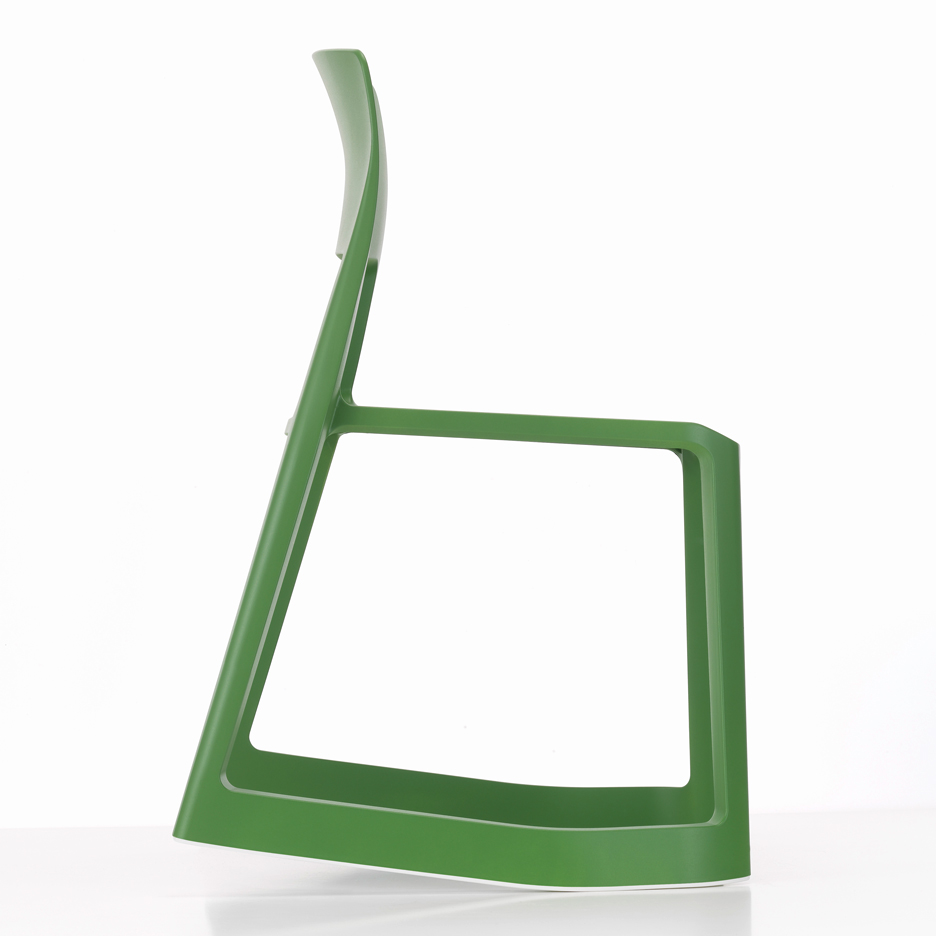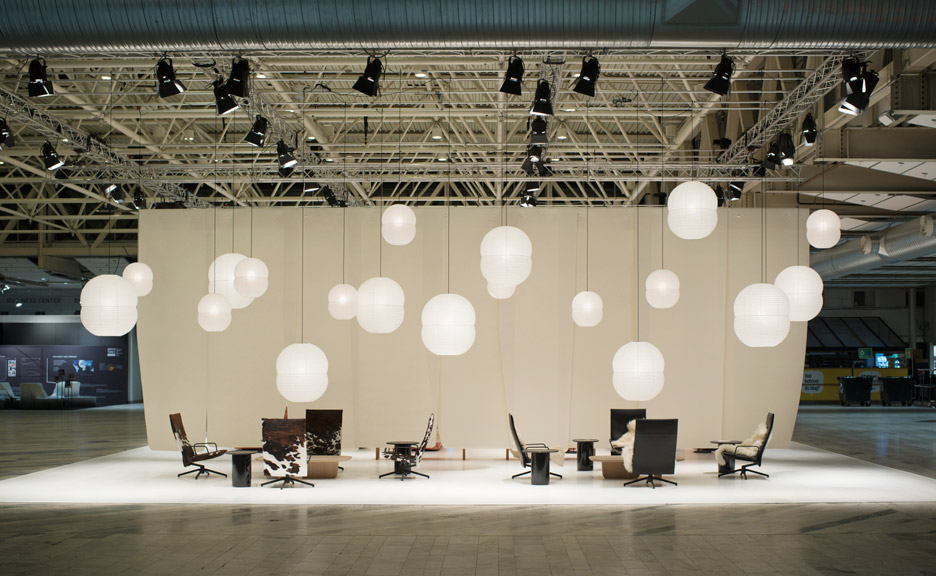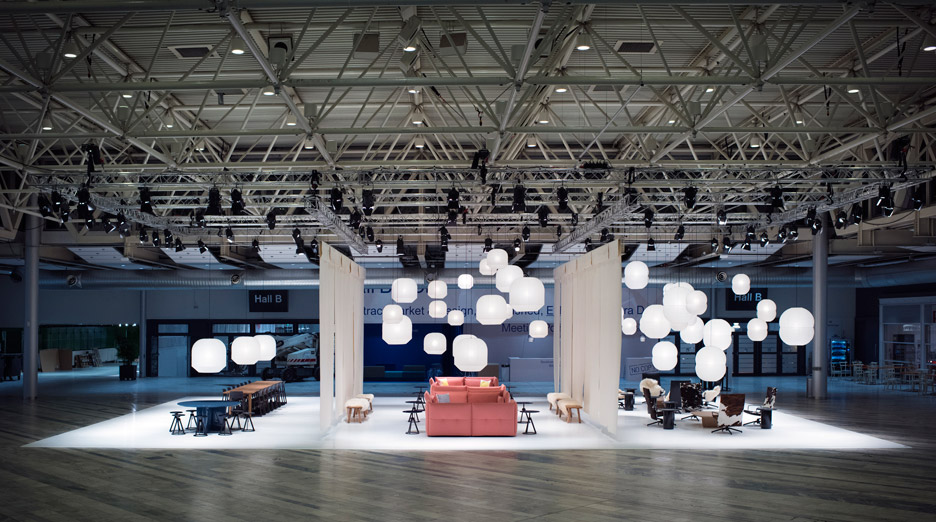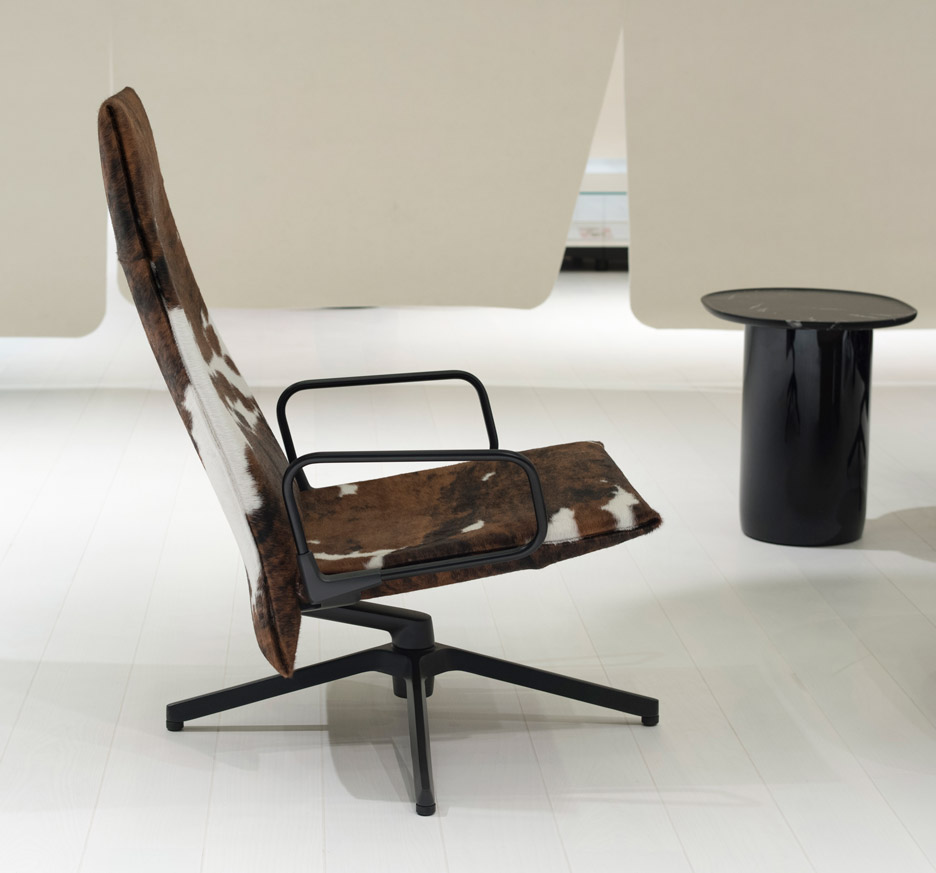"People want designers to be starving artists" say Barber & Osgerby
Stockholm 2016: design duo Barber & Osgerby have said they "never accept" standard royalties from the brands they work for and always push for a better deal.
Speaking to Dezeen editor-in-chief Marcus Fairs at Stockholm Furniture Fair last week, Edward Barber and Jay Osgerby explained how they negotiate hard with clients before starting work.
"We rarely accept, in fact never accept [standard royalties]," said Barber. "We always challenge. And frequently get lucky."
Jay Osgerby said: "Sometimes we get equity, sometimes we get fees, sometimes we get a royalty."
"It's pure pragmatism really," Osgerby added. "We want to employ good people in London and it's really hard."

The duo, who employ 50 to 60 people, said the cost of running a studio in London meant they needed to charge realistic fees.
"The running costs of a studio in London compared to Berlin, Milan or Paris are probably 25 to 40 per cent more," said Barber. "It's become a big issue in the last year. We've lost two people in the last year who said they can't afford to live in London any more and have gone back to work in Italy or France."
The duo spoke to Fairs on stage at the Stockholm fair as part of its talks programme. The discussion turned to royalty models, which are in the news again following the launch last week of Smaller Objects, a label conceived by Claesson Koivisto Rune that offers designers a 75 per cent royalty on wholesale prices rather than the industry standard of five per cent or less.
"Some companies will absolutely not deviate from their royalties," said Barber. "They say it's unfair because they've been paying their other designers who've been working for them for 10 or 20 years the same royalty and they say why should they pay us more? And we say, the other designers should have argued for more."

"It takes a long time to design something good but it doesn't take very long to have these conversations," added Osgerby. "Then you can just forget about it and do the work."
Osgerby said that commercial skills were not adequately taught at art schools and that business was "still a bit of a dirty word" in the design world.
"You get the feeling people want you to be a starving artist," he said. "If you're creative and commercially successful, it's often looked down upon".
Barber & Osgerby were guests of honour at the Stockholm Furniture Fair, and also designed an installation called Triptych for the event, which featured some of their latest products.
Paper Hotaru Lanterns designed by the duo and made in Japan were hung at different heights above the space. Themed around Nordic winters, with animal hides and sheepskins draped over furniture, the installation was divided into three areas using felt screens produced by Swedish textiles company Nordifa.

Among the Barber & Osgerby-designed furniture included in the installation were the Tip Ton chair, Mariposa sofa and Wood Table and Bench produced by Swiss brand Vitra, and the Pilot Chair produced by American brand Knoll.
Barber & Osgerby are best known for their product and furniture designs, including the London 2012 Olympic Torch.
They also run an interiors firm called Universal Design Studio, which designed the venue for London's 2015 Frieze Art Fair as well a new gallery at the city's Science Museum dedicated to communications technology and the interior of the Ace Hotel in Shoreditch.
In 2013 they launched another studio called MAP, which specialises in industrial design and technology, as well as packaging. MAP's projects have included a build-your-own computer kit called Kano and a minimal compass that pairs with a smartphone app to point cyclists through the city.

The duo were awarded the London Design Medal last year, but warned that the city's reputation as a design capital was under threat thanks to rent rises, arts education funding cuts and a government that is "scared by creativity".
"It's becoming more and more expensive," Barber told Dezeen. "I have a horrible feeling that's going to have a detrimental effect in the near future on more young creatives."
Photography by Gustav Karlsson Fros, unless stated otherwise.